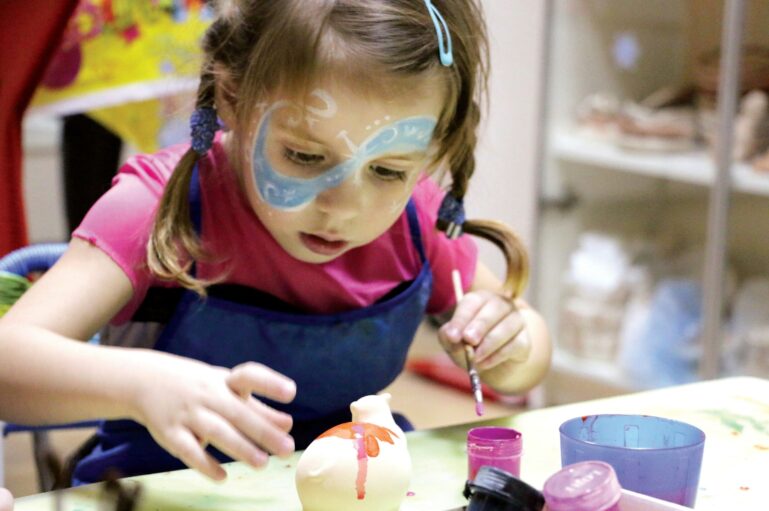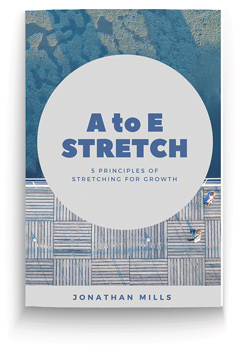So, you have worked hard at developing your career – all your needed studies are complete, you have gained experience in your field and your expertise has set you up as a trusted practitioner. You are respected and your job is stable. You produce quality work and you are appreciated. Your colleagues rely on your advice and trust your judgement. You, like others in your field, have arrived at a standardised level of excellence. You are at least as good as others, if not slightly more competent. You “have arrived”.
Arriving at this place of achievement can be quite unsettling for some – do I maintain what I have and do the work expected of me in my field for the rest of my career or is there something else that needs to be done, some other achievement that I need to attain? For many, the arrival at this place of excellence is sufficient – there is no need to prove anything anymore, no more work to be done, except staying abreast of developments within the profession. This is perfectly normal and fine – there is nothing wrong with that thinking. For others, however, the quest to push further (maybe where no-one has ever been before) becomes a driving passion and they start exploring other options, other potential applications of what they have learnt thus far. They subsequently move themselves out of their respective comfort zones to do so. Not satisfied with the status quo, they develop their craft or profession along three not dissimilar lines or “next steps” – uniqueness, innovation and customisation.
- Uniqueness – this “next step” distinguishes them from others and moves them towards creating their own personal brand. They become known for the distinguishing elements of what they add to the craft or skill – the merits of the new approach form a unique fingerprint which differentiates them from the rest and makes them a desirable entity within the industry. They can now start charging for the perceived extra value of what they offer and they often move, at this stage, to the status of “expert” or “master craftsman”.
- Innovation – this “next step” is where the craft or skill is developed, used or tweaked to create something new, usually along “practical application” or aesthetic lines. The resultant product or service is usually marketable and a business can be created around it. Because of their unique applications or fascinating beauty, these start-ups can easily do well, given the right amount of exposure, focused marketing and advertising budget. It was Ted Levitt who said: “The future belongs to people who see possibilities before they become obvious”.
- Customisation – this “next step” is where the expert is recognised for his/her ability to take the principles of the profession or skill to new levels and apply them to a variety of contexts, challenging situations or industry-specific issues. Recognising that “one size doesn’t fit all”, the product or service is re-engineered or further developed to meet the demands of the client. Here, reputation is built around customisation ability.
Becoming known for the above three “next steps” is certainly not everyone’s dream or “cup of tea”, however, perhaps unintentionally, some achieve this expert status through experimenting with their skill or craft and using it to the maximum. When arriving at that place in their lives where they have been faced with the question “what’s next?” they have pushed on to accomplish something new, even ground-breaking, where many have benefitted from the results. They have moved to the place that United States businessman and consultant, Joe Calloway, called “a category of one”.
As you use your giftedness, doors start opening for you. When you perfect your giftedness and master your profession or craft, reputation follows. Offering this mastery as an expert back to society for the benefit of others leaves a legacy.










